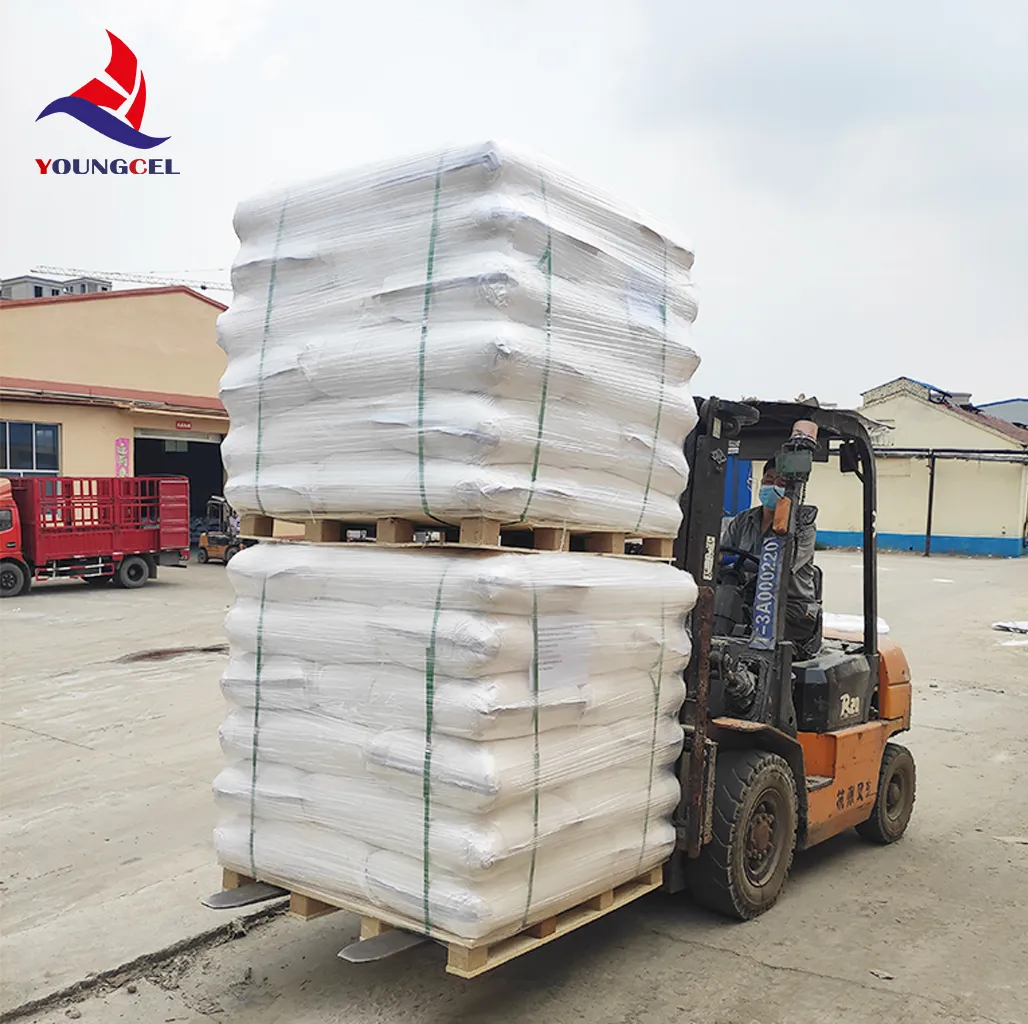The Versatile World of Cellulose Polymer A Sustainable Future
Cellulose polymer, derived from the most abundant organic polymer on earth—cellulose—has emerged as a key player in the quest for sustainable materials in various industries. Found primarily in the cell walls of plants, cellulose provides strength and rigidity, making it an excellent candidate for a wide array of applications. As the world grapples with the pressing issues of climate change and environmental degradation, cellulose polymers offer a promising solution, bridging the gap between functionality and sustainability.
One of the most remarkable features of cellulose is its biodegradable nature. In an era where single-use plastics dominate the market, cellulose polymers present a compelling alternative. They can decompose naturally, reducing the burden on landfills and decreasing pollution levels. Cellulose can be modified to create various derivatives such as cellulose acetate, carboxymethyl cellulose, and hydroxypropyl methylcellulose. These derivatives have distinct properties that expand their usability across several sectors, from pharmaceuticals to packaging.
The Versatile World of Cellulose Polymer A Sustainable Future
The food industry has also seen the introduction of cellulose polymers as thickeners, stabilizers, and emulsifiers. Products like carboxymethyl cellulose are widely used to enhance the texture and shelf life of food items. As consumers become more health-conscious, the demand for natural and non-toxic additives is on the rise. Cellulose-based additives meet these criteria while providing functional benefits, making them a staple in modern food production.
'cellulose polymer'

In packaging, cellulose polymer stands out as a biodegradable alternative that can replace conventional plastics. Innovations in cellulose packaging solutions have shown promising results, demonstrating comparable strength and barrier properties to synthetic options. Many companies are investing in developing cellulose-based films and coatings, addressing the urgent need for sustainable packaging solutions that reduce environmental impact without sacrificing quality.
Moreover, cellulose polymers have found their niche in the pharmaceutical industry. They are employed as excipients in drug formulations, contributing to controlled release mechanisms and stability of medications. The biocompatibility of cellulose makes it suitable for applications in wound dressings and implants, further highlighting its versatility. As research advances, cellulose continues to demonstrate its potential in drug delivery systems, paving the way for safer and more efficient therapeutic options.
Environmental concerns drive the exploration of alternative sources for cellulose production. Innovations in biotechnology and agricultural practices are paving the way for the use of non-food biomass, such as agricultural waste and forestry residues. This not only alleviates pressure on food crops but also utilizes resources that might otherwise be discarded. Such approaches align with the principles of a circular economy, promoting resource efficiency and waste reduction.
However, despite its numerous advantages, challenges remain in the widespread adoption of cellulose polymers. The cost of production and processes for effectively extracting and modifying cellulose can be prohibitively high, particularly on a large scale. Additionally, consumer education and acceptance of cellulose-based products are essential to drive market growth and shift perceptions about sustainable materials.
In conclusion, cellulose polymer stands as a beacon of hope in the search for sustainable materials. Its renewability, biodegradability, and versatility make it an ideal choice across diverse sectors, from textiles to food and pharmaceuticals. By embracing cellulose and enhancing the technologies that facilitate its use, society can take significant strides toward a more sustainable future, reducing reliance on fossil fuels and mitigating environmental impacts. As innovation continues to unfold, cellulose polymers are poised to play an even larger role in shaping a greener, more sustainable world.
-
The Versatility of Industrial Additives: Mhec, Hpmc, And Wall Putty SolutionsNewsMar.28,2025
-
The Importance of HPMC in Modern IndustriesNewsMar.28,2025
-
Partnering with Reliable Manufacturers for Optimal ResultsNewsMar.28,2025
-
Enhancing Construction Performance with Redispersible Polymer PowdersNewsMar.28,2025
-
Enhancing Construction and Household Products with Advanced AdditivesNewsMar.28,2025
-
Building Strong Foundations with Key Construction MaterialsNewsMar.28,2025






